Superhydrophobicity
 Nov 28, 2019 • 5:56 PM UTC
Nov 28, 2019 • 5:56 PM UTC Unknown Location
Unknown Location 140x Magnification
140x Magnification Unknown
Unknown
IanH3121999
Learn about the author...
1posts
1comments
1locations
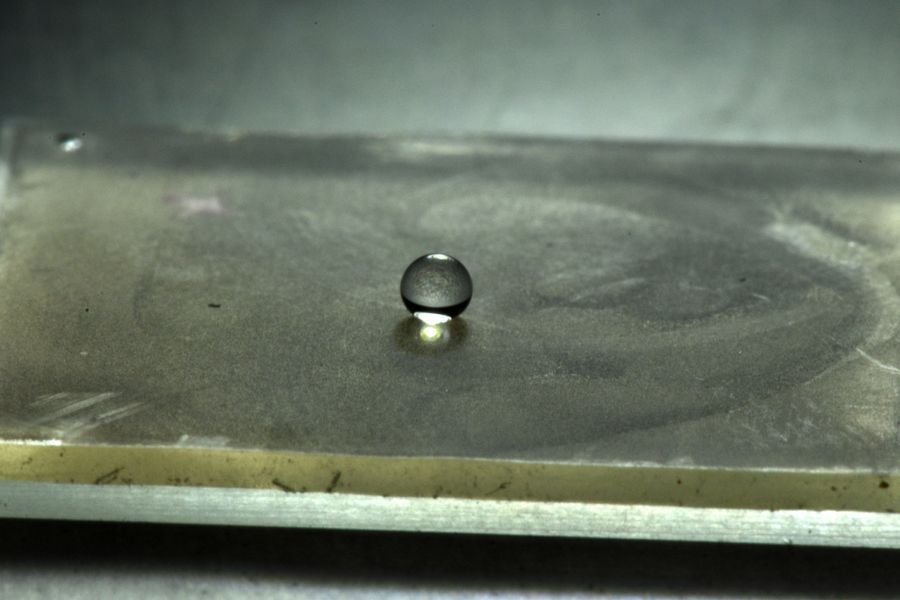
I work in a lab so I was interested in exploring how some things lying around look like under the foldscope! I chose superhydrophobicity as a theme. For context, a superhydrophobic material contains a surface that causes water droplets resting on it to bead up (with a contact angle greater than 150º). They start out chemically hydrophobic and become “super” when micro/nano sized structures are added. I found an image from wikipedia that illustrates what this means.

Image taken from Wikipedia. I tried using my foldscope to image the surface of a superhydrophobic surface. For this, I used the surface imaging hack where the lens (x140) is directly coupled on the phone’s camera.
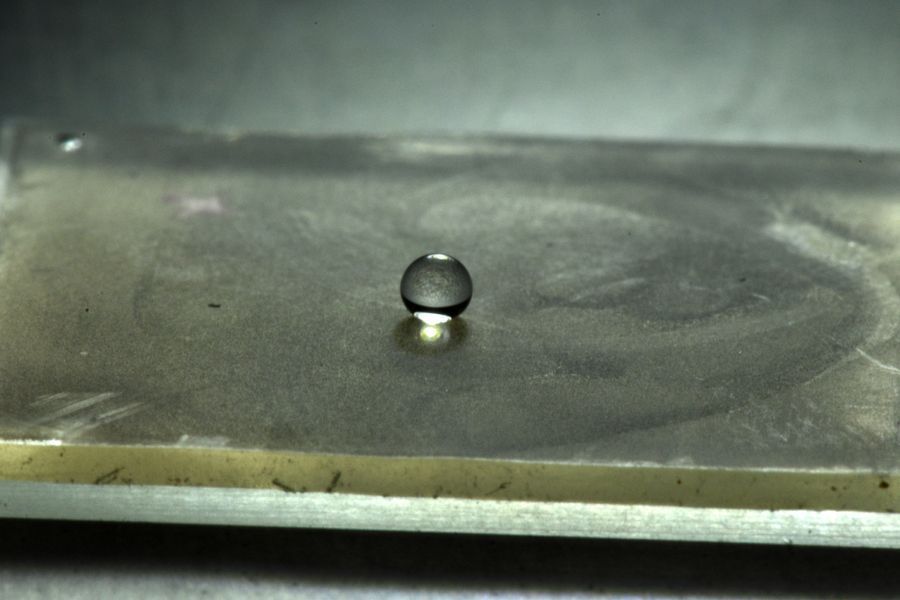
Image of water droplet resting on a superhydrophobic surface.
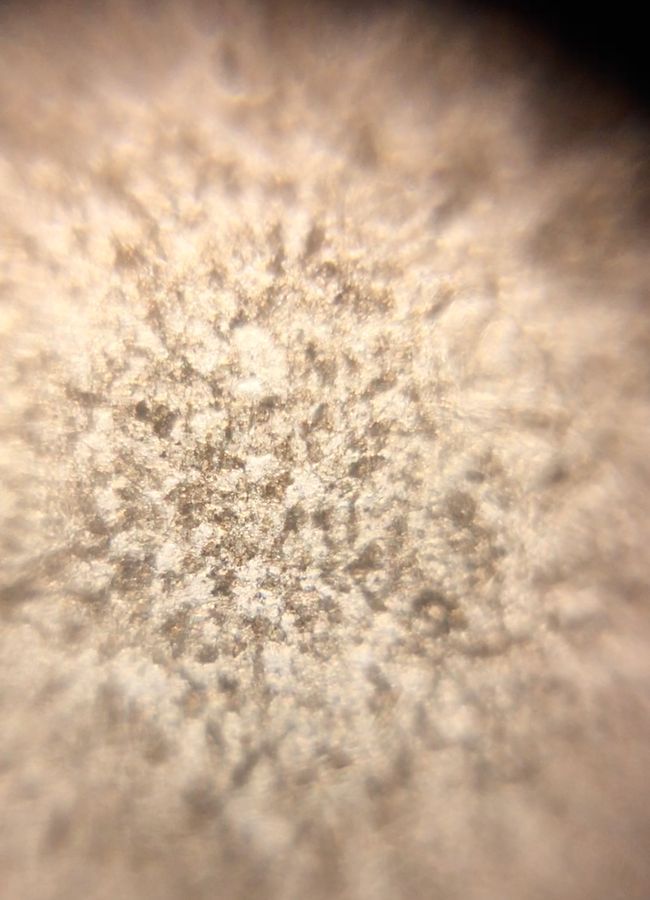
Foldscope image of the same superhydrophobic surface. I found an article by Wired where a 2043x magnified image of the surface structure of a superhydrophobic leaf (plume poppy) was posted.

Plume Poppy magnified image. Qualitatively the structures look slightly similar although I need to investigate this more in order to determine what I’m actually looking at.
For fun, I also looked at hydrophobic coatings. The image I took looked really similar to how the spores of fungi look under a folscope (from several previous posts on this website) and that’s how I first found out that this power actually comes from the dried spores of the Lycopodium fern!
For fun, I also looked at hydrophobic coatings. The image I took looked really similar to how the spores of fungi look under a folscope (from several previous posts on this website) and that’s how I first found out that this power actually comes from the dried spores of the Lycopodium fern!
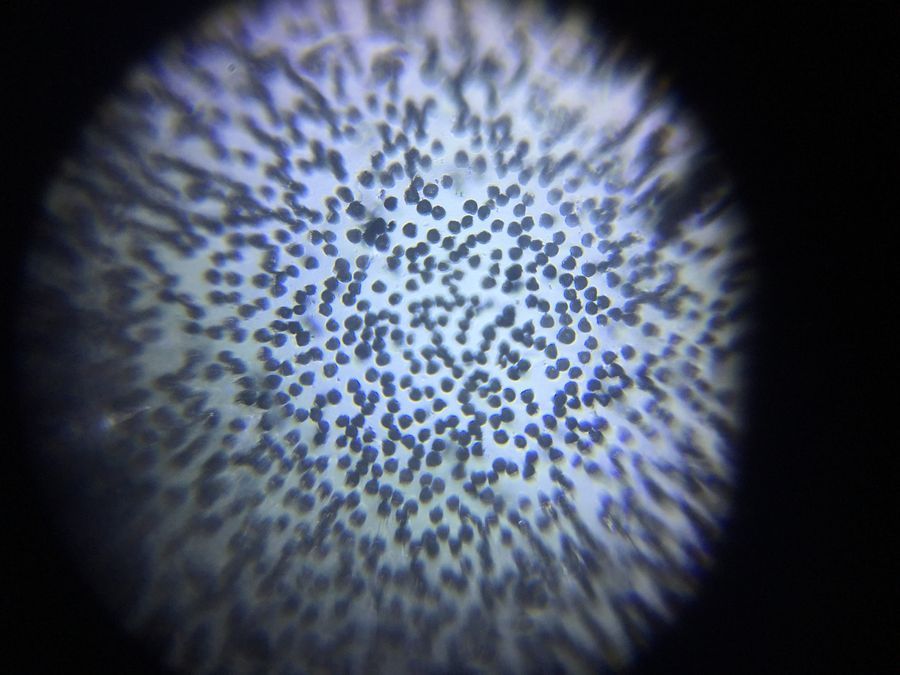
Foldscope image of Lycopodium powder. You can get a really cool thing called a liquid marble when you coat small droplets of water with this powder. In this case, the droplet coated in this power has a large contact angle despite sitting on a regular surface.
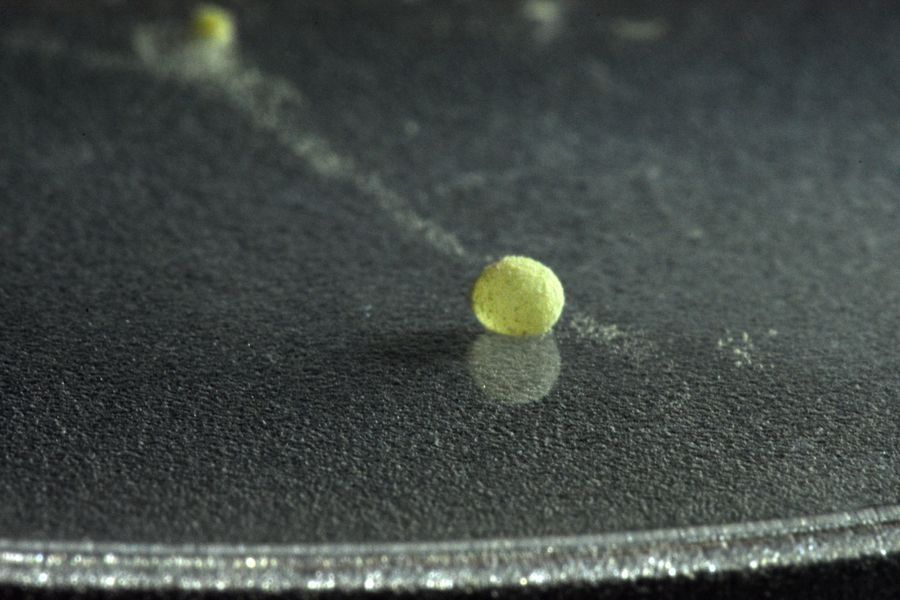
Liquid marble (coated with Lycopodium powder). Apparently aphids use a special secreted wax to coat their own excrement, honeydew, into a liquid marble in order to prevent the excrement from entrapping themselves.
Sign in to commentNobody has commented yet... Share your thoughts with the author and start the discussion!
More Posts from IanH3121999
No more posts from this author.